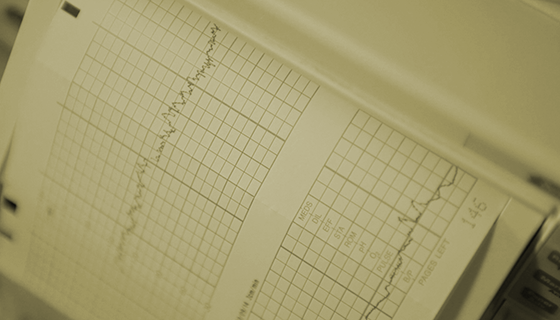We found 53 results for EFM
.png?access_token=lPGzmaqy7E9taRtZGIa9IEDhTXuSf776R5t9GUaM)
EFM Fundamentals in Practice #10: Interventions Using Algorithms
All professional organizations (ACOG, AWHONN, AAP, ACNM) and patient safety advocate organizations (IOM, IHI, NQF) support multidisciplinary EFM education and training. This education series is divided into many modules. This course in the series concentrates on tying the previously discussed interventions together with the ACOG and AWHONN management algorithms.
.png?access_token=lPGzmaqy7E9taRtZGIa9IEDhTXuSf776R5t9GUaM)
EFM Fundamentals in Practice #11: Communication and Documentation
All professional organizations (ACOG, AWHONN, AAP, ACNM) and patient safety advocate organizations (IOM, IHI, NQF) support multidisciplinary EFM education and training. This education series is divided into many modules. This module in the series concentrates on how to communicate and document fetal monitoring data.
.png?access_token=lPGzmaqy7E9taRtZGIa9IEDhTXuSf776R5t9GUaM)
EFM Fundamentals in Practice #12: Risk Management & Patient Safety
All professional organizations (ACOG, AWHONN, AAP, ACNM) and patient safety advocate organizations (IOM, IHI, NQF) support multidisciplinary EFM education and training. This education series is divided into many modules. This module evaluates the risk management concerns and patient safety aspects of fetal monitoring.
.png?access_token=lPGzmaqy7E9taRtZGIa9IEDhTXuSf776R5t9GUaM)
EFM Fundamentals in Practice #13: Case Study 1
All professional organizations (ACOG, AWHONN, AAP, ACNM) and patient safety advocate organizations (IOM, IHI, NQF) support multidisciplinary EFM education and training. This education series is divided into many modules. This 13th module is a case study to assist with bringing all that was learned in previous modules together.
.png?access_token=lPGzmaqy7E9taRtZGIa9IEDhTXuSf776R5t9GUaM)
EFM Fundamentals in Practice #14: Case Study 2
All professional organizations (ACOG, AWHONN, AAP, ACNM) and patient safety advocate organizations (IOM, IHI, NQF) support multidisciplinary EFM education and training. This education series is divided into many modules. This 14th module is a case study to assist with bringing all that was learned in previous modules together.
.png?access_token=lPGzmaqy7E9taRtZGIa9IEDhTXuSf776R5t9GUaM)
EFM Fundamentals in Practice #15: Case Study 3
All professional organizations (ACOG, AWHONN, AAP, ACNM) and patient safety advocate organizations (IOM, IHI, NQF) support multidisciplinary EFM education and training. This education series is divided into many modules. This 15th module is a case study to assist with bringing all that was learned in previous modules together.

Uterine Tachysystole, Part 1: Guidelines & Identification
One in three pregnant patients run the risk of experiencing uterine tachysystole (UT) during labor augmentation or induction with oxytocin. Reducing UT diagnosis-to-treatment time can avert adverse patient outcomes and decrease the risk of an obstetric malpractice claim. This two-part series focuses on early recognition utilizing EFM skills and swift management of uterine tachysystole (UT) based on professional organizations’ guidelines.

Uterine Tachysystole, Part 2: Reducing Diagnosis-To-Treatment Time
One in three pregnant patients run the risk of experiencing uterine tachysystole (UT) during labor augmentation or induction with oxytocin. Reducing UT diagnosis-to-treatment time can avert adverse patient outcomes and decrease the risk of an obstetric malpractice claim. This two-part series focuses on early recognition utilizing EFM skills and swift management of uterine tachysystole (UT) based on professional organizations’ guidelines.
We found 3 results for EFM
-
Education
Section: MI Public Website -
Assessments
Section: MI Public Website -
Course Packages
Section: MI Public Website

